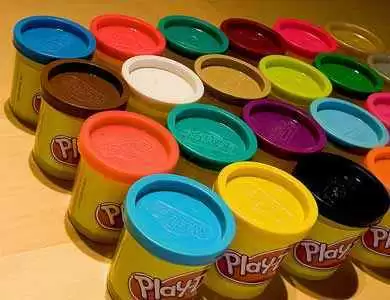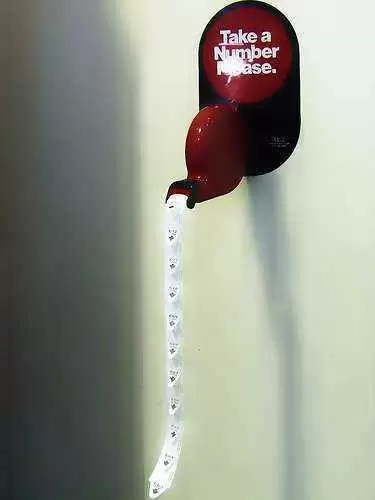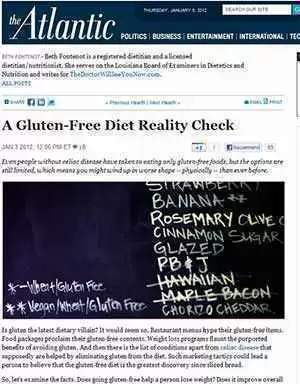Celiac.com 04/17/2013 - As the market for gluten-free foods and products continues to grow, more and more non-food products are being formulated without gluten. Soaps, shampoos, conditioners, and cosmetics are just a few products that are now touting their lack of gluten.
 That list now now appears to include children's toys. Take Hasbro's clay-like product, Play-Doh, for example. Wheat flour is a major ingredient in Play-Doh, and in several other similar products.
That list now now appears to include children's toys. Take Hasbro's clay-like product, Play-Doh, for example. Wheat flour is a major ingredient in Play-Doh, and in several other similar products.
Celiac.com Sponsor (A12):
However, as more an more kids go gluten-free, more and more parents are pushing schools to eliminate gluten from school grounds. That often starts with lunches and snacks, but has expanded to include arts and crafts supplies.
Hasbro has been slow to launch a gluten-free version of Play-Doh, and that has led to a scramble to fill the void left by the elimination of gluten-containing products.
A number of companies have stepped up to offer hypo-allergenic alternatives. One such company, Soy-Yer Dough, makes a gluten-free product intended to replace Play-Doh. Last year, the company says it sold 50,000 containers of Soy-Yer Dough. That's 25 to 40 times what the company sold when it first began five years ago.
Another company, Great White Bottling, also makes a Play-Doh-like product, called Gluten-Free Wonder Dough. That company says that sales have increased 67% in 2012, with the majority of orders coming from schools and day-care centers. In fact, the gluten-free version of Wonder Dough was so popular, the company has stopped making the original version, which contained wheat flour.
Yet another gluten-free version off sculpting clay is Max’s Mud, a gluten-free sculpting dough sold at Whole Foods and independent toy stores in the Pacific Northwest. Max's Mud is the first crafts product certified gluten-free by the Gluten Intolerance Group, an organization that certifies gluten-free products.
Other children's arts and crafts products that are now appearing without gluten include finger paints and stickers.
With the market for gluten-free foods alone growing 18% from 2011 to hit $12 billion in 2012, it's not surprising that non-food and children's toy products are jumping on the gluten-free bandwagon. Look for more companies to offer gluten-free formulations of familiar children's products as the gluten-free market continues to grow.







Recommended Comments